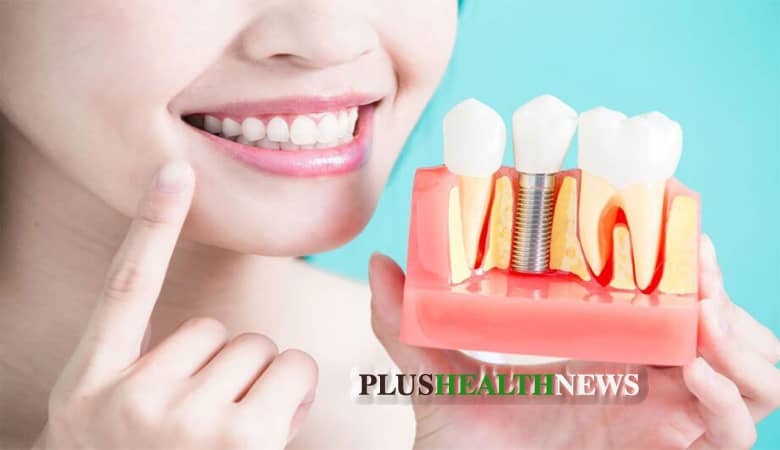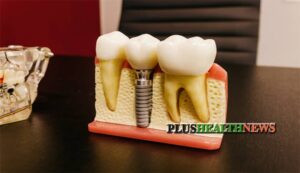What To Expect During a Dental Implant Appointment

Dental implants are a safe and effective way to replace missing teeth. These artificial tooth replacements are made from titanium or other biocompatible metals. They can be placed in your jaw during a simple procedure that usually takes only one visit to complete. Once the implant is securely in place, it will begin to integrate with your bone and stimulate the growth of new bone around it.

This process can take time, but you should have a solid foundation to place your custom artificial teeth after several months.
If that sounds like a lot to chew on in one go, you don’t have to worry. Here’s everything you need to know about what to expect during a dental implant appointment in further detail:
1. What To Bring to Your Dental Implant Appointment
Without fully getting into what you should expect at your dental implant appointment, it is essential that we first begin with the few things you need to bring to your dental implant appointment that will help you get the best results:
- Medical records – It is good to obtain them because certain conditions or medications could affect your healing process.
- Medical insurance information – If you have insurance, it is essential to bring your card with you in case of an unforeseen complication that may require special treatment or equipment.
- Medications – Be sure to bring any medications you are currently taking, especially those that the dentist may have advised you to stop taking a few days before your appointment. This includes ibuprofen, aspirin, and other NSAID pain relievers.
- Pens, paper, and a notebook – Taking a few notes is a good idea, so you remember what the dentist advises you to do after the appointment.
2. An Oral Exam
A standard part of any dental implant appointment is a thorough oral exam to check your existing teeth and determine their health.
During the exam, you will be asked to open wide, and the dentist will be able to tell if your gums are healthy and what kind of shape your teeth are in. They will also see if you have any cavities or other oral health issues that could interfere with the implantation process.
After the exam, the dentist may use a dental cleaning tool to remove any plaque, tartar, and bacteria from your teeth and gums. It is essential that your gums are healthy and free of infection before the placement of the implant, so the dentist will be sure to examine your gums thoroughly. If you have gum disease or other oral health issues, you may need a periodontal cleaning before the procedure.
3. The Cleaning and Drilling Process
If your gum health is a concern, the dentist may suggest that you get a gum cleaning before the dental implant placement. This procedure is called scaling and root planing (SRP), and it involves the removal of plaque and tartar from the gums and bacteria from the root surfaces of teeth.
The dentist may use various tools, including ultrasonic instruments, scalers, curettes, and lasers. If you have decayed teeth that may interfere with the implant, the dentist might opt to drill a small hole into the decayed areas and remove the decay.
This is called a “core build-up,” and it is done to make the area around the tooth stronger for the implant.
4. Dental X-rays
Depending on your specific dental situation, the dentist may take one or two sets of X-rays. The first X-ray is usually done to get a general idea of the jawline and how the implant will fit into your mouth. The second X-ray is taken a right before the dentist places the implant and helps them see exactly how your jaw looks after the procedure.
Note that dentists use a small machine that creates brief electromagnetic radiation to take the X-rays. This is entirely safe, but pregnant women and people with certain heart conditions may need to wear a lead apron to shield their bodies from the machine’s radiation.
5. The Actual Procedure of Placing the Implant
The majority of dental implant procedures take less than one hour to complete and are considered to be minimally invasive.
The dentist will numb up your gums with a shot of local anesthesia and then use a small dental drill to make a hole in the bone around your jawline. They will then place the implant in this hole and use an anchor to secure it.
If the implant was placed in degraded areas, the dentist might use a core build-up technique to strengthen the area around the tooth. This usually involves combining a small amount of drilling and removal of decay to make room for the implant and the placement of a core build-up that will help strengthen the tooth’s area and support the implant.
6. Recovery and Aftercare Instructions
After the dental implant procedure, you will need to stay calm and avoid strenuous activity while the implant heals. You can go back to work and lead an everyday life, but avoid activities that cause you to open your mouth too much (e.g., chewing on the side of your mouth, biting your nails, etc.).
You may also want to avoid eating crunchy foods that disrupt the healing process. It is expected to experience slight swelling, redness, and pain in the gums and the healing implant site.
If you feel that the swelling is too painful, you can take over-the-counter pain medications, but it is essential to avoid being too aggressive with brushing around the healing site. Your dentist may recommend that you use a soft-bristled toothbrush and gentle brushing technique during this period.
To Sum It Up
In a perfect world, everyone would have an ideal smile. Unfortunately, that isn’t always the case. Many people suffer from missing teeth, which can cause them to feel less confident and uncomfortable in social situations or when eating certain foods.
Fortunately, dental implants are a safe and proven procedure that can be used to correct your smile and help you achieve the smile of your dreams.
This process can take time, but you will have a solid foundation to place your new teeth once it is complete. With these tips and information, you are better equipped to handle your dental implant appointment and get the strong foundation you deserve.




